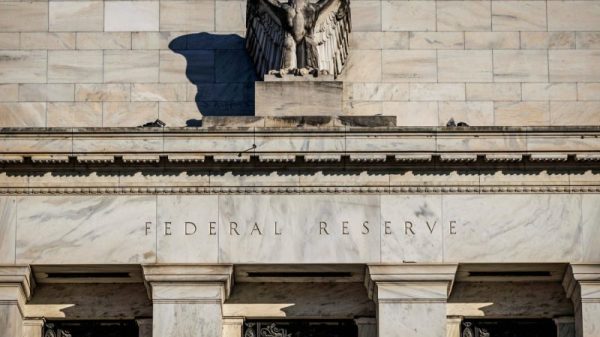In recent years, the resurgence of inflation in the United States and other advanced economies has brought a revival of conflict theories of inflation (CTIs). These theories, which are gaining momentum in academic and policy-making circles as well as the popular press, posit that inflation is fundamentally the result of distributional conflicts among various social groups. The historical roots of CTI reveal their policy implications. For instance, Elizabet Warren has spearheaded initiatives rooted on CTI ideas such as Shrinkflation Prevention-Act and the Price Gauging Act of 2024. The “greedflation” narrative, so popular in recent years by Isabella Weber, is another example of CTI-inspired rationale surrounding higher-than-normal inflation.
The rising popularity of CTIs can be seen in the public discourse on “greedflation,” where inflation is attributed to corporate greed. In academia, influential figures such as Olivier Blanchard have echoed similar sentiments. Blanchard recently stated that inflation is “fundamentally the outcome of the distributional conflict between firms, workers, and taxpayers.” This sentiment is echoed in recent working papers by prominent economists like Lorenzoni and Werning (2004), and institutions such as the Bank of England and the IMF, which discuss the “battle of markups” and attribute a significant portion of recent European inflation to corporate profits. While these working papers do not represent official positions, they demonstrate that CTIs are no longer considered fringe theories.
The origins of CTIs can be traced back to Marxist economic thought, as explicitly recognized by one of its early proponents, R. E. Rowthorne (1977). CTIs are rooted in the assumption that class struggles, particularly between capitalists and workers, are the primary drivers of inflation. This perspective emphasizes that social conflicts, rather than purely economic factors, are the central cause of inflationary pressures. The Marxist undertones of CTIs suggest that inflation results from social injustice, thereby implying a moral imperative for government intervention to right the supposed wrongs. In simple terms, inflation is caused by inflation increasing prices at the expense (exploit) of consumers and, to the extent possible, not passing those extra profits to their workforce. Alternatively, strong-unions can trigger cost-push inflation by demanding higher wages. Either way, inflation is the result of conflict on income distribution.
The moral dimension of CTIs is particularly concerning. By framing inflation as a result of social injustice, CTIs suggest that government intervention is not merely a matter of economic efficiency. Rather, government intervention is seen as a moral duty. This moral duty could be used to justify redistributing wealth and controlling economic outcomes by strengthening labor unions, implementing wage and price controls, nationalizing big corporations, or even establishing government-run companies. It opens a pandora’s box of costly policies.
The historical outcomes of such policies inspired by Marxist thinking provide a clear warning. In Latin America, decades of Marxist economic policies have led to greater conflict and higher inflation, rather than resolving these issues. Countries like Argentina and Venezuela, where left-leaning populist leaders used conflict to advance their political agendas, have experienced record-high inflation rates and significant economic instability. These examples demonstrate that, rather than alleviating economic tensions, CTI-based policies tend to exacerbate them.
Conflicts exist in all societies, and along many margins. Resources are limited. Naturally, people fight over those scarce resources. Conflicts arise across classes, but also along geographic, racial, ethnic, religious, and cultural lines. Moreover, the existence of conflicts does not necessarily drive prices higher, as CTIs suggest. In market economies, competition puts downward pressure on prices as entrepreneurs attempt to capture a bigger share of the market.
The danger of CTIs lies not only in their flawed explanation of inflation but also in their potential to justify extensive government control over the economy and encroachments on private property rights. By promoting the idea that inflation is a moral wrong requiring correction through redistribution and control, CTIs could lead to policies that undermine economic freedom and stifle economic growth.

































